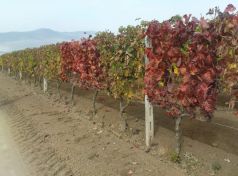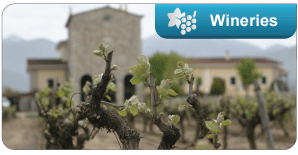Integrated management
Integrated management in agriculture (and, by extension, in viticulture) in reality is not an alternative method of farming, but more a way of restricting the chemical inflow and farming interventions so as to reduce the negative results on the environment without putting the financial survival of farming at risk.
Integrated management is based on the “right dose at the right moment”. This means close and continuous monitoring of the farm so that any problem can be immediately detected and dealt with appropriately—as opposed to letting the problem get out of control and needing stronger interventions. Before fertilizing, the soil and leaves are closely analyzed to determine the quantity and type of fertilizer necessary. In order to deal with the insects, traps and predatory mites are used as well as some bio-preparations, wherever they can be applied.
The system of integrated management appeared in the 1990s in the European north. This was a logical place for the movement to start not only because of its history of heavy chemical interventions in the fields and the subsequent increased pollution (noted in the environment and in the water sources), but also because of an increased demand from the consumers for healthier and more environmentally friendly products.
At the EU level, no specific “certification” of integrated management has been yet established and each country has its own control organizations.



